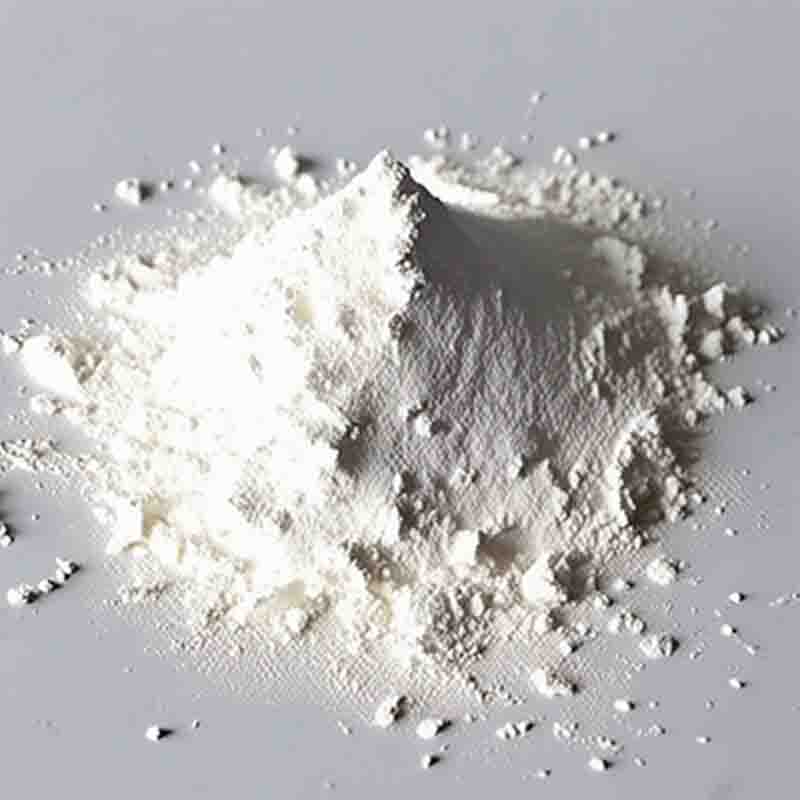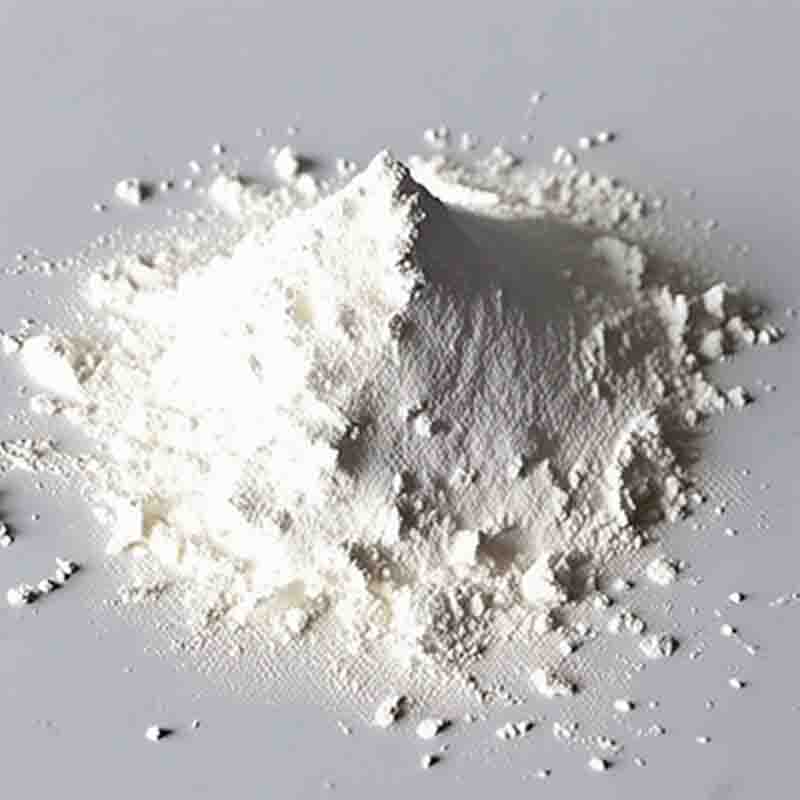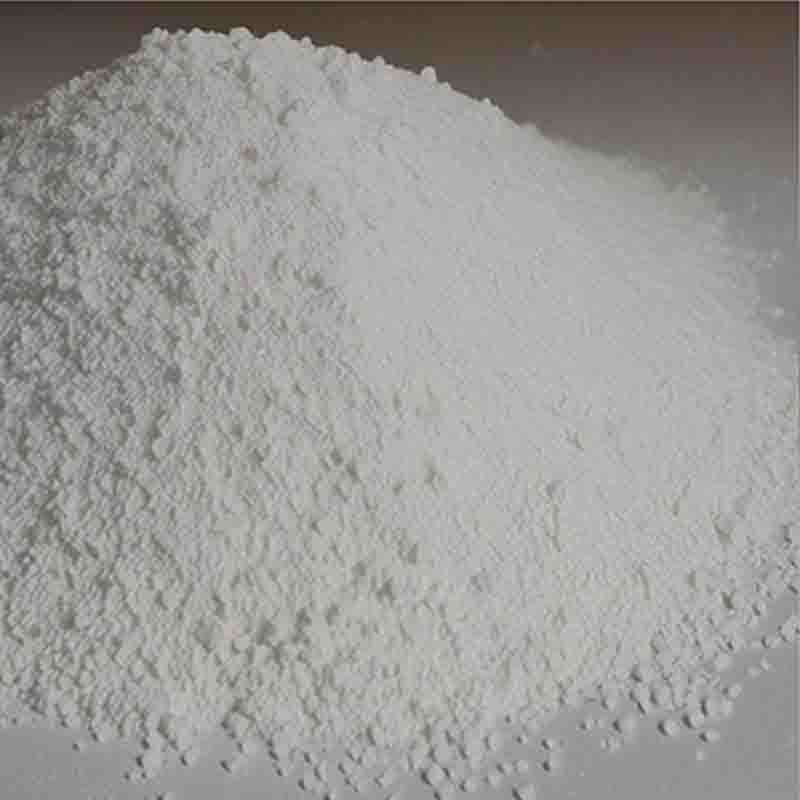3-Chloro-2-hydroxypropanesulfonicacidsodiumsalt CAS: 126-83-0
| Catalog Number | XD94904 |
| Product Name | 3-Chloro-2-hydroxypropanesulfonicacidsodiumsalt |
| CAS | 126-83-0 |
| Molecular Formula | C3H8ClNaO4S |
| Molecular Weight | 198.59 |
| Storage Details | Ambient |
Product Specification
| Appearance | White powder |
| Assay | 99% min |
3-Chloro-2-hydroxypropanesulfonic acid sodium salt, also known as CHAPS, is a chemical compound with various applications in different industries.
One of the primary uses of CHAPS is in the field of biochemistry and molecular biology. It is commonly used as a detergent or a solubilizing agent for membrane proteins and other hydrophobic biomolecules. CHAPS can effectively solubilize and stabilize proteins, allowing for their study and characterization. It is particularly useful in techniques such as protein purification, enzyme assays, and protein-protein interactions.
Furthermore, CHAPS finds application in the field of pharmaceuticals. It can be used as an excipient or a solubilizing agent in the formulation of drugs. CHAPS can enhance the solubility and bioavailability of poorly soluble drugs, improving their therapeutic efficacy. It is particularly useful in the production of oral, topical, and injectable pharmaceutical formulations.
Moreover, CHAPS has applications in the field of analytical chemistry. It can be used as a reagent or a surfactant in various analytical methods. CHAPS can improve the separation and detection of analytes in techniques such as chromatography and electrophoresis. It is particularly useful in the analysis of proteins, peptides, and nucleic acids.
In addition, CHAPS can be utilized in the field of cosmetics and personal care products. It can be used as an emulsifier or a stabilizing agent in various skincare and haircare formulations. CHAPS can improve the stability and texture of cosmetic products, making them more effective and appealing to consumers.
In conclusion, 3-Chloro-2-hydroxypropanesulfonic acid sodium salt, or CHAPS, has versatile applications in biochemistry, pharmaceuticals, analytical chemistry, and cosmetics. Its ability to solubilize proteins, enhance drug solubility, improve analytical methods, and stabilize cosmetic formulations make it a valuable compound in the study of biomolecules, drug development, analytical techniques, and personal care products.


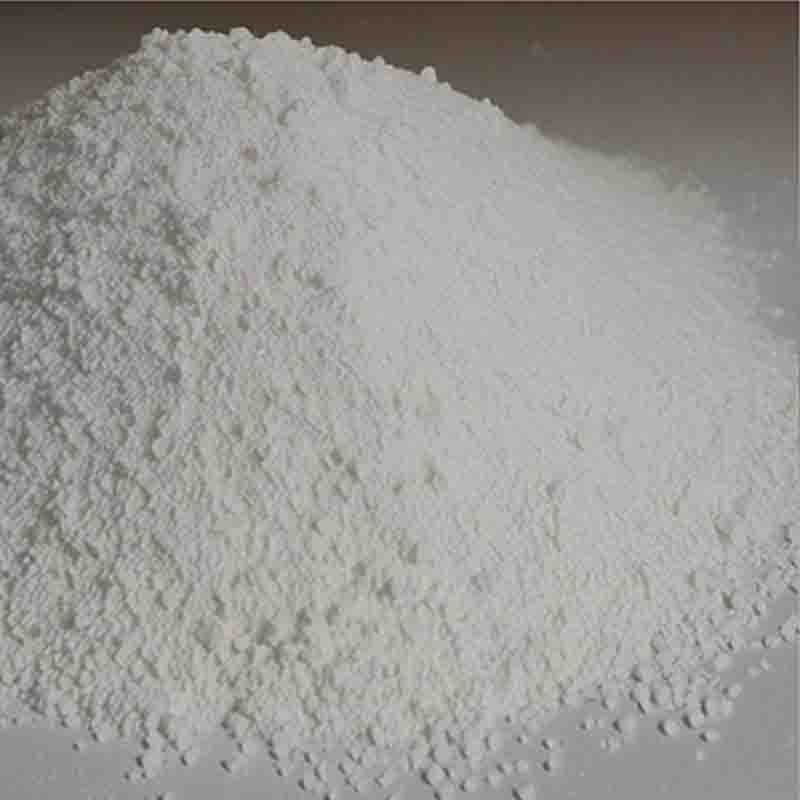

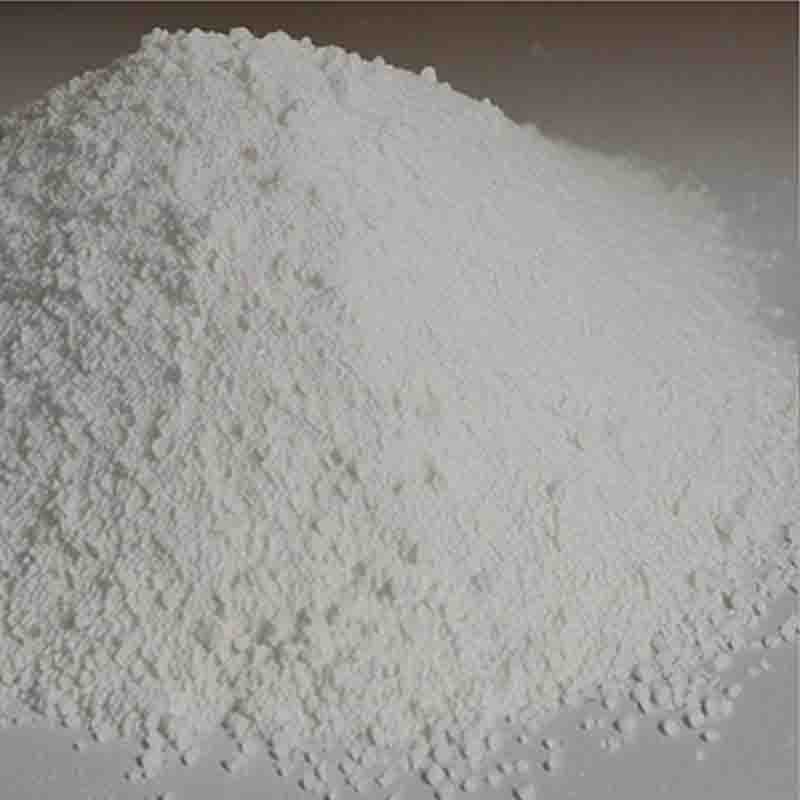
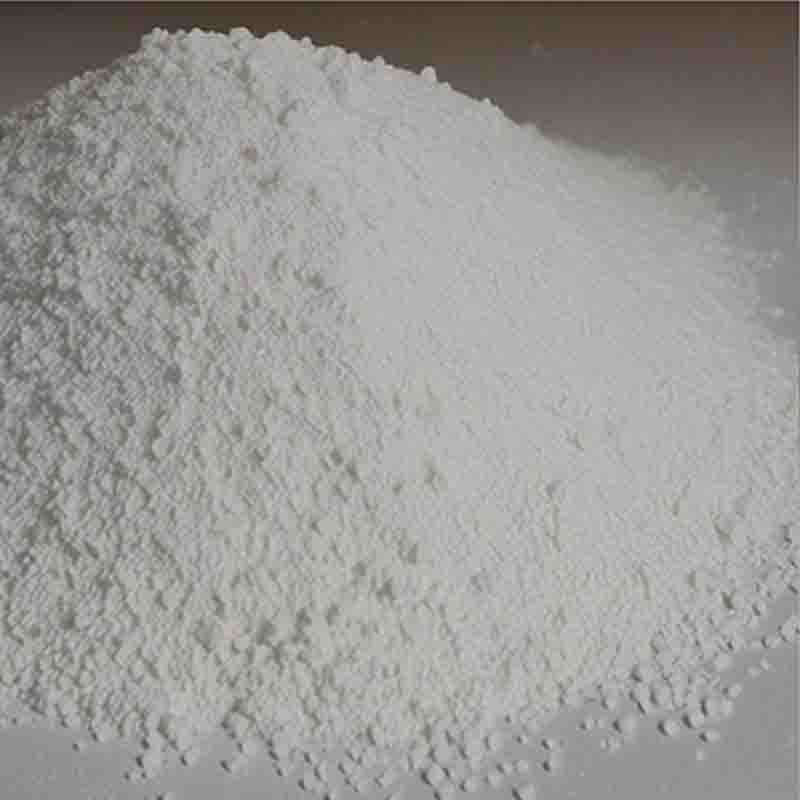
![ethyl2-[[(2S)-1-(2-phenylacetyl)pyrrolidine-2-carbonyl]amino]acetate CAS:157115-85-0](https://cdn.globalso.com/xdbiochems/白色粉末1698.jpg)
